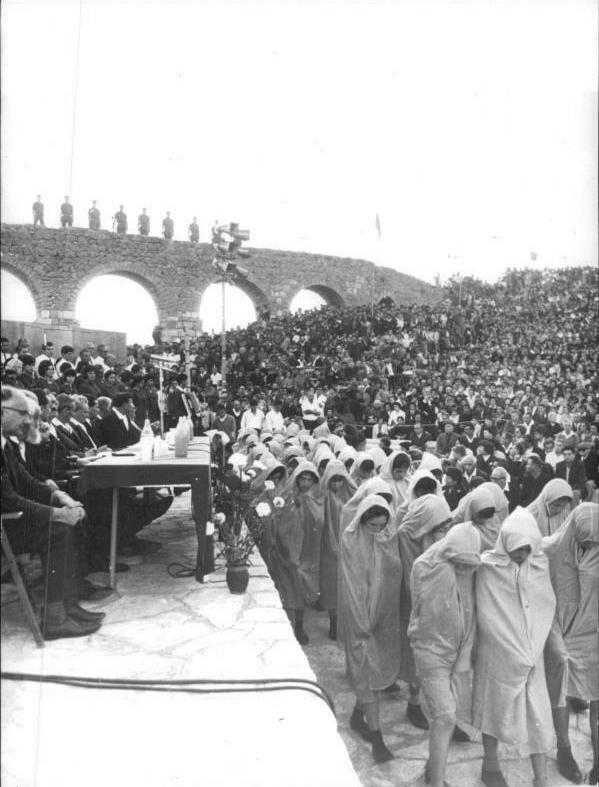
Figure 1.--This is a dramatic presentation at the Kibbutz Lohamei HaGeta'ot near Acre in norther Isreal hinoeing the victims of the NAZI Holocaust. |

|
Lohamei HaGeta'ot (לוֹחֲמֵי הַגֵּיטָאוֹת) meaning the Fighters of the Ghetto is a kibbutz in located in northern Israel, the western Galilee. It was founded by Holocaust survivors at the time of the Indeoendence War (1949). It is situated on the coastal highway between Acre and Nahariya. The founders used an abandoned British Army base. The Palestinian village of al-Sumayriyya was adjacent. The founders included surviving fighters of the Warsaw Ghetto Uprising, including Icchak Cukierman, ŻOB deputy commander. The founders also included former Jewish partisans and other Holocaust survivors. The name was chosen to honor Jews who fought the NAZIs. Isreali historian Zvi Dror was a Lohamei HaGeta'ot member. His work focuses on history of Zionism and the creation of Israel. One historians describes Dror as the "author of one of the most important books ever written about Holocaust survivors in Israel" [Segev]. Dror wrote a four-volume work that chronicles the lives of the Holocaust survivors who founded Kibbutz Lohamei HaGeta'ot. The work has beeb translated as 'Testimony Pages'. It is the story of 96 of the kibbutz fiunders who provided their personal accounts. Anither historian describes it as "one of the first projects to coax the mute to speak" about the Holocaust. [Shgapira] Like most Isreali kibbutzes, Lohamei HaGeta'ot had to diversify from purely agriculrual operations. The Kibbutz purchased Tivall vegetarian food products factory )mid-1980s). It is now the orimarybsource oif income. There is also a dairy and agriculture and a bed and breakfast operation. Next to the Kibbutz is the impressive remains of an Ottoman Era aqueduct which which dates to the 18th century. It supplied water to nearby Acre. The Kibbutz is especially known for its Ghetto Fighters' House--a history museum depicting resistance to the NAZI Holocaust.
Segev, Tom. "Once a Palmachnik, Always a Palmachnik". Haaretz (May 11, 2005)
Shapira, Anita. "The Holocaust: Private Memories, Public Memory," Jewish Social Studies
(January 31, 1998) Vol. 4, No. 2.
Navigate the Children in History Website:
[Return to the Main Kibbutz page]
[Return to the Main Zionism page]
[Return to the Main Judiaism page]
[Return to the Main Israel page]
[About Us]
[Introduction]
[Biographies]
[Chronology]
[Climatology]
[Clothing]
[Disease and Health]
[Economics]
[Freedom]
[Geography]
[History]
[Human Nature]
[Ideology]
[Law]
[Nationalism]
[Presidents]
[Religion]
[Royalty]
[Science]
[Social Class]
[Bibliographies]
[Contributions]
[FAQs]
[Glossaries]
[Images]
[Links]
[Registration]
[Tools]
[Children in History Home]
